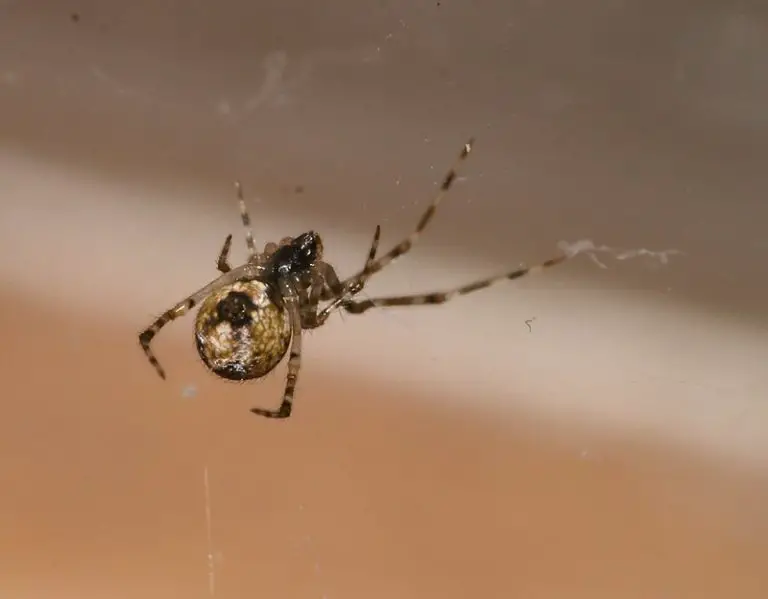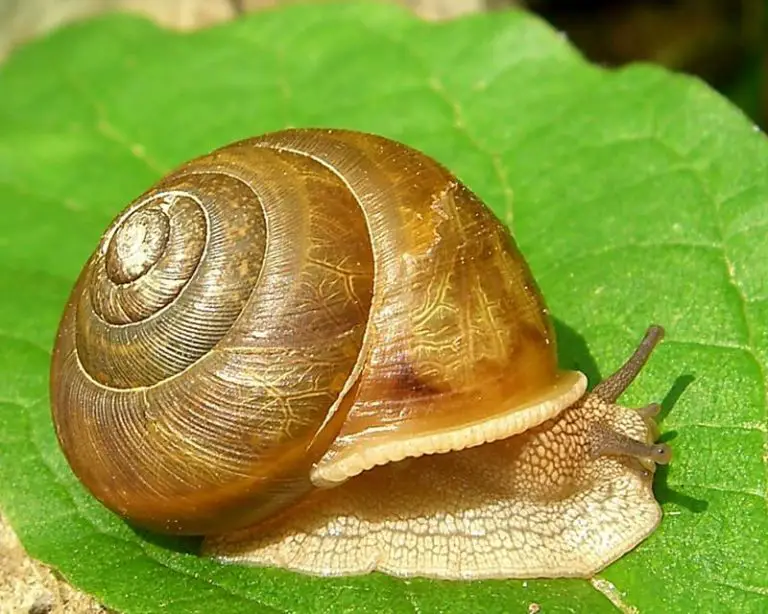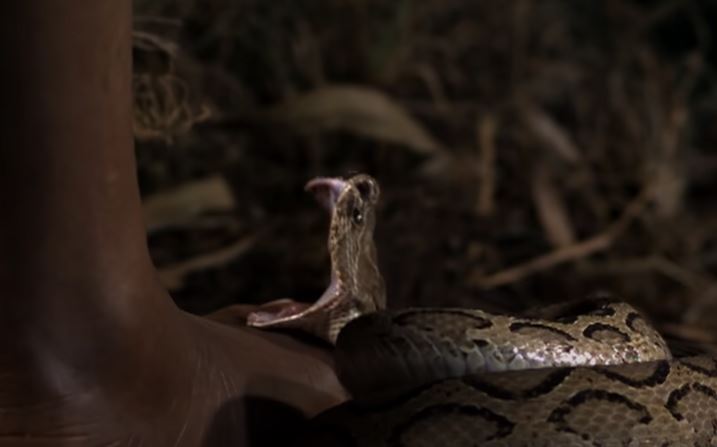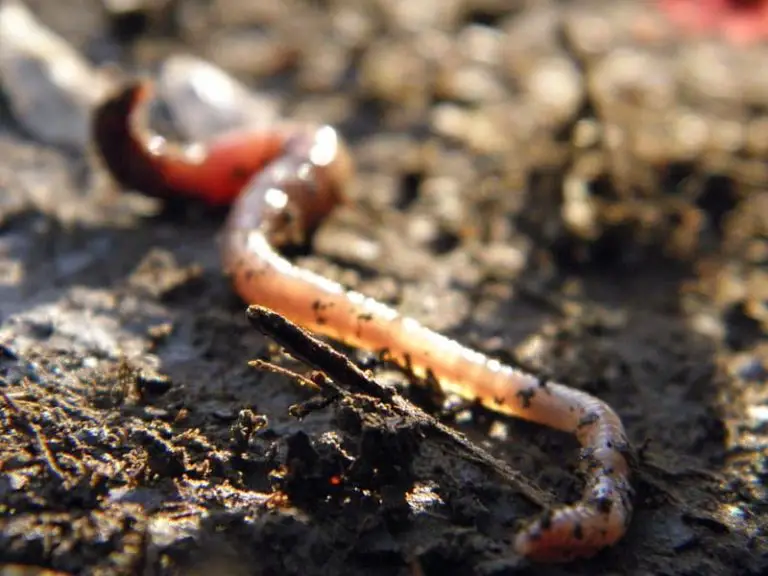Leopard Gecko Breeding Guide For Beginners
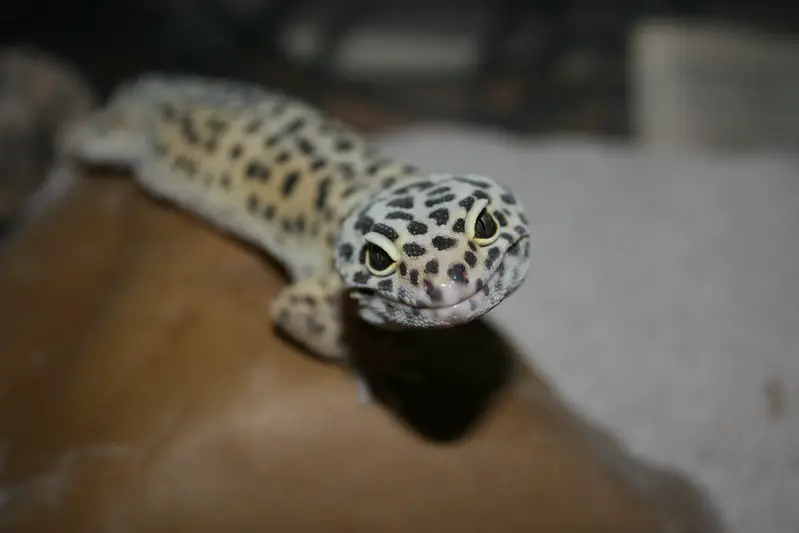
The leopard gecko is undoubtedly one of the easiest pets to keep today. It is docile, easy to handle, requires little space for breeding, breeds easily and constantly mutates new bloodlines. These factors constitute the charm of the leopard gecko.
Many first-time breeders often have a lot of confusion and problems regarding leopard gecko breeding. In any case, you have chosen one of the most attractive animals as a pet.
Next, you just have to do the daily routine, you just have to take care of it. I have compiled and summarized some useful information at each stage, and I hope it will be helpful to you.
Environment
A standard 60x40x30 cms wooden terrarium can hold 2 to 3 adult leopard geckos. Of course, you can also choose a glass tank as a terrarium. The toes of the leopard gecko do not have suction cups.
If you opt for the fish tank, you should pay attention to the addition of a mesh cover to prevent your cat (if you have one) from doing some actions that may harm your new pet, and can also prevent cricket feeding. apply silicone on the corners to prevent the gecko from trying to escape.
Several female leopard geckos can be mixed, and the adult males will provoke biting when put together because they are territorial. Males and females can also be kept together. It should be noted that the size of the individuals should be similar.
Generally, relatively large individuals are always easier to take the food and will cause weaker individuals to move away and not dare to eat. If this is the case for a long time, the weak individuals will suffer excessive stress, weakness and death.
The solution is to monitor once a week, re-separate and re-categorize size differences. If you purchase larval and sub-adult leopard geckos, you should reserve space for them to grow. You may have to prepare several different-sized holding boxes for restocking.
Substrate
Sand is actually one of the best substrate materials for leopard geckos. The fine particles can help your leopard gecko to digest. But the sand mentioned here is special reptile sand because this type of sand has been properly cleaned and disinfected.
Industrial sand and river sand have large particles or carry a lot of dust and germs, which will endanger the health of the leopard gecko.
When arranging substrate sand in the breeding environment, pay attention to the particle size of the sand. Approximately 0.5 mm is suitable for sub-adult size leopard geckos, and 1.5-2 mm can be used by adult leopard geckos.
Leopard geckos in the juvenile period are very active and reckless. They often accidentally swallow food and sand that is washed away during predation. The digestive system in this period is smaller and more fragile than that of adults.
Therefore, the leopard gecko in the juvenile period should use kitchen paper as substrate until it grows more than 12-15cm.
Someone said earlier about the dangers of using sand as a substrate. Regarding this point, Experiments have been done by some breeders with paper towels and sand. Choosing two leopard-geckos hatched at the same time and used sand as a substrate for 2 weeks.
One was a bit lazy and had a bit of a swollen abdomen from swallowing too much sand, and the other did too. He swallowed sand, but not as much as the one that seemed lazy before, and his feces also has sand particles in it.
This shows that their digestive system can allow sand to pass through, but because the larval digestive system is relatively fragile, sand that cannot be discharged in time squeezes their abdominal fat, causing slow movement and a poor digestive tract.
The same test results with subadults and adults do not present this situation. Therefore, only subadults and adults over 12-15 cm can safely use sand as a substrate and can aid digestion.
Heating
All reptile pets need a space with a certain temperature range. Sometimes they like to be in a warmer place, but sometimes they need to stay in a place with a lower temperature.
A space with a temperature difference allows your pet to automatically choose which temperature range to stay in.
The most common method is to use heating pads, first, choose the most suitable heating pad for the size of the terrarium based on the width of the box, then place it on the side of one side of the terrarium and attach it.
You may consider fixing it with double-sided tape. If you breed in a glass tank, as the heat will be conducted directly, you should insulate it with wooden boards or books to avoid low-temperature burns.
In addition, you will need a thermometer that can monitor the temperature. It is not recommended that you use the most common type of round compass-shaped thermometer outside, these will only increase your expenses, and what you really need to understand is the surface temperature of the area where the leopard gecko lives.
I recommend that you choose the stainless steel or aluminum aquarium thermometers that are sold in most aquariums. This type of thermometer allows you to check the air temperature at the surface of the substrate without taking up space to avoid an unstable regional temperature.
You should check at least every 1 to 2 weeks. Generally, it is necessary to check the temperature between 82-90°F, i.e. 28-32°C, and for larvae, it should be around 90°F/32°C.
If the temperature exceeds this range, a dimmer should be added to control the temperature. You can buy it in general electrical stores. In addition, temperature-controlled heating pads are also available on the market, so you can consider buying them with the brand name in mind.
Because the leopard gecko is typically a nocturnal animal. Therefore, they do not need to bask in the sun or radiate UVA/UVB rays. They like to hide in a dark hiding place during the day.
It has been confirmed that after the leopard gecko is sunbathing, the bright light will make it become tense and refuse to eat, and it will finally die after a long time.
When using the warming lamp, because the leopard gecko cannot see the red light, the red light warming lamp on the market is more suitable to use as a heat source; in addition, the dark blue imitation moonlight lamp can also be used.
It should be noted that when using a heating lamp as a heat source, the breeding space should be large enough, the height should be kept at a safe distance, and the ventilation should be good so that the baby leopard gecko will not be heated to death.
Heated rocks are not typically used by most responsible breeders. Although you can see this product in most reptile stores, because its temperature cannot be adjusted and it is in direct contact with pets, high temperature or low-temperature burns often result.
Finally, I want to reiterate that the heating I mentioned refers to air heating throughout the area, so the most economical and safest option is the heating pad. If conditions permit, temperature control of the entire brooding environment can be considered. This is another issue.
Shelter
Leopard geckos are nocturnal animals. In the wild, they like to hide under stones or in rock crevices during the day. Naturally, there are also some places for them to hide in artificial environments.
The material can be almost anything around you: the tissue paper roll after using it, the flower pot after transplanting the plants, the small cardboard box, the ice cream box after eating, all the things around you can be used effectively.
The same is that the above materials require you to help them open a hole through which they can freely go in and out. It is that simple.
You also need to pay attention that if you use a rock stacking shelter, you need to be especially careful to make sure that it is stable and will not collapse and hurt the leopard gecko.
Also, although many people use hydration caves, many breeders have had some experience with this, unless it is put in during the molting period to help it molt, other times some leopard geckos will drink from the water storage place, which will cause them to get gastroenteritis. One of the incentives for potential risks.
molt
Like other reptiles and amphibians, leopard geckos molt as they grow. For them, molting means growth. The frequency of molts is determined by their age and growth rate. Larvae molt much more frequently than adults.
You can easily see this in the initial stage when your leopard gecko is ready to molt. Because at that time, the color of its skin will become darker, and in the few hours before molting, it will become paler. Leopard geckos often eat molted skin.
This behavior has two important reasons for wild leopard geckos. First, it is not easy to get food in the wild. The skin they spend growing cannot be wasted in vain; second, eating the molted skin can prevent predators from discovering their active areas.
So they often wake up at night and discover that molting is complete, but cannot find the molted skin. Some careless breeders do not even realize that the leopard gecko has molted.
Usually, leopard geckos can easily complete molting by themselves, but sometimes there are some minor problems. Especially when they are molting, there is not enough moisture, so check their molting condition after they have finished molting.
Leopard geckos often have poor molting on their toes. In this case, you can dip the parts underneath the limbs of leopard geckos in warm water, take them out after a few minutes and then carefully remove them manually.
Just leave a clean spot. If this is not taken into account, it can lead to necrosis and fracture of the toes. While this is not a big deal, it will heal quickly, but I think it will be a nice thing for you to maintain the health and integrity of the leopard gecko.
Damp shelters are places where leopard geckos especially like to stay. Even if they are not molting, after placing a wet shelter in the box, you will find that most of the time they will spend their life in it safely.
Plastic containers can be used in this hiding place. Lunch boxes and canning boxes from the daily goods market are a good choice.
Open a hole in the lid of the container for free access, and then put in peat moss or coconut soil, such a simple hiding box can provide the required moisture, and can also be used by the leopard gecko during the spawning period.
If you are going to use a box, Remember, it is moist, not wet, and the degree of it should be measured by yourself.
Humidity
Leopard geckos live in dry mountain and semi-desert environments. They are very drought resistant, but still require a certain amount of moisture and water to supplement.
Water should be replenished 2-3 times per week. Materials are also readily available. You can use Gatorade bottle caps or any similar cap for small geckos and a slightly larger container for adult geckos.
Although they don’t look good as decorations from the outside, these materials are easy to obtain, plastic bottle caps appear in your home with ease and are easy to replace and save costs. Why not do it.
Piles of water from pet stores are very decorative, but they are relatively large, usually because the water has not been consumed or evaporated. They can get dirty easily and it is easy for bacteria to breed, and it is often necessary to put a stone to prevent crickets from getting inside.
Water accumulated at the base of a bottle cap usually evaporates in 2-3 days, which prevents bacteria from growing. Naturally, the leopard gecko is not prone to gastroenteritis.
In addition, it is advisable to place the water container at the other end of the heater, otherwise, the water in its container evaporates quickly.
In addition, young leopard geckos must sometimes be in a spray environment. In the wild, this occurs at midnight or early morning.
It is recommended to spray the entire terrarium with a sprayer 1 to 2 times per week, but be careful when your leopard gecko begins to molt, the moisture from these sprays should evaporate within 24 hours.
Feeding
The range of recipes for the leopard gecko is quite wide.
Crickets, bread worms, barley worms, suckling rats, cockroaches, and silkworms can be provided as food. Each leopard gecko has its own feeding preference, some eat everything, others will only touch a single food, this is very important, as you need to know the feeding situation of the previous owner at the time of purchase so that it adapts to the new environment as soon as possible.
Some leopard geckos are only fed barley worms. Newly hatched larvae use needle head crickets for feeding. Once they reach 10 cm, they switch to larval barley maggots for adaptation.
Feeding barley insect food should be the easiest to obtain, and it is also one of the most coordinated foods.
1. Crickets
advantage:
They are highly mobile and can better arouse the leopard gecko’s predatory interest; the exoskeleton is easier to digest.
Disadvantages: loose crickets will cause your leopard gecko to risk biting its toes and tail. In addition, these crickets will also climb on the body triggering nervousness in the leopard gecko.
The crickets will use the leopard’s feces in the terrarium as food, and the parasites and germs that may exist in the feces can cause cross-infection between leopard geckos. Crickets can jump and escape, and they have a peculiar odor.
From the time you buy these crickets until you feed them to the leopard gecko, it takes 2 weeks for the geckos to empty their stomachs. You don’t know what the supplier or retailer is feeding them and if the environment is clean. You need to know. This is the direct cause of most leopard gecko gastroenteritis.
2. Bread worm
advantage:
Will not climb or jump, so it will not escape, no threat of parasites, you can put a lot of them, so no need to think about the hunger and fullness of the leopard gecko for a week, and there is no annoying beeping.
Disadvantages: Additional bait pots need to be provided to place the beans in, so space will be taken up. The outer skin is more difficult to digest. You can often see if there is digested bread worm residue in the droppings of a leopard gecko feeding on bread worms.
They are not as good as crickets, if they escape from the food bowl, they will crawl into the sand or under the paper towel. The worms are not as active as insects, so the attraction for leopard geckos is not as high as crickets.
3. Barley insects and nurse rats
Many adult leopard geckos will eat nurse rats. Remember to choose the pink type of newly hatched individuals when supplying them. Generally, you will provide this food to females during the spawning period.
Occasionally, some overindulgent males may also receive it. The bones of lactating mice are easily absorbed and converted into calcium, which is actually essential for mating and egg-laying in leopard geckos.
If the food is sufficient, the excess nutrients will be stored in the tail by the leopard gecko, and these nutrients can help it survive the whole winter safely. At the same time, it can make up for the nutrient consumption of the following spawning season.
If you choose crickets as the main food, you should pay attention to taking out the leftover crickets within 15 minutes after feeding; in addition, you should also pay attention to the influence of individual food size on the leopard gecko. Generally, the hind limbs of the crickets are removed.
Feed the larval leopard gecko to avoid damaging its fragile digestive system; the individual size of the cricket should not exceed 2/3 the size of the larval mouth. After reaching 10 cm, you can consider other bread worms and barley worms.
Breadworms, you should try to choose white individuals that have just molted, while barley worms should choose the length of the worm that does not exceed the length between the front and hind limbs of the leopard gecko.
Vitamins
How nutritional additives are absorbed by the body is very important. Before being absorbed by the leopard gecko, these nutritive additives must be eaten by the bait and then digested and absorbed by the leopard gecko.
Carrots and leafy greens with micro sprinkled nutritional additives for the aforementioned bait are all good methods so that when the crickets and barley bugs absorb these nutritional additives, they will be quickly absorbed and transformed by the leopard gecko.
Vitamins are also very important for your leopard gecko. Since the leopard gecko is a nocturnal species, it cannot use sunlight as a source of vitamins.
D3 additives are also very important, the method provided is very simple, one is to put it in a small dish and let it lick it by itself; or find a wide mouth bottle, put a small amount of calcium D3 powder, and then shake the bait lightly so that the powder can be evenly distributed on the surface of their bodies, and then offer your leopard gecko to enjoy.
Since crickets will clean the dust off their bodies, and barley bugs will wilt soon after being exposed to the dust, these steps should be performed before feeding.
Adult leopard geckos do not need frequent supplementation of nutritional supplements, only once a week; but larval and subadult individuals, including egg-laying females, have a high demand for calcium powder and vitamins and other nutritional supplements.
It is necessary to observe and supplement at any time.
Clean
Actually, the space needed to breed a leopard gecko is not large. The minimum requirement is only a space of 20×30 cms. Generally, adults and subadults have a fixed corner to excrete feces, but larvae do not have this concept, so in the larval period, you have to manage their space every 3-4 days to keep the environment clean.
The use of kitchen paper is a relatively simple method; the adult subadults fix a certain corner to excrete, so you just have to clean the feces in that place regularly.
The entire leopard gecko breeding environment, on the other hand, still requires you to set up a disinfectant for disinfection in a 1:9 ratio of disinfectant powder to water after a certain period of time.
Winter
Winter is a natural phenomenon for leopard geckos. Leopard geckos rarely come out to move or eat. Because of their slow metabolism, they will not usually lose much. During the winter, they will lose weight. There will be less time and energy. The only thing to do is to observe from time to time.
Many breeders often complain that their leopard gecko doesn’t eat anything during the winter and their tail is thinner. Don’t worry, relax. This is a normal phenomenon in the leopard gecko. In spring, you will see the leopard gecko eating normally.
Breeding
It is suggested that female breeding individuals weigh 45g or more, and males at least 30g or more. There are opinions, about female leopard geckos breeding and laying eggs at around 25-30g, but this will affect the health of the individual in the future. And reproduction. It is like a 13-year-old human girl having sequelae during pregnancy and childbirth.
When a pink ball appears on the abdomen of your female leopard gecko, you will be able to find her a mate. During the mating period, you will often hear the impact of the adult male’s violent tail flicking during courtship.
Once the female accepts his courtship, you will be able to watch as the female leopard gecko will move into the spawning box you have prepared for production when the eggs are ripe.
During this time, you should observe every day to avoid mistakes. Whenever you see the particles of unearthed pad material around or the female leopard’s abdomen shrinks significantly, you can start collecting.
Note that at this point you must be careful not to break the eggs. It is not difficult to feed a leopard gecko, but it requires the owner’s patience and love to raise them well.
If you get in touch with them, you will find that they actually interact with you. This is really something very interesting. Watching a life grow and continue under your care, the sense of accomplishment between this is enough to replace your previous efforts.



